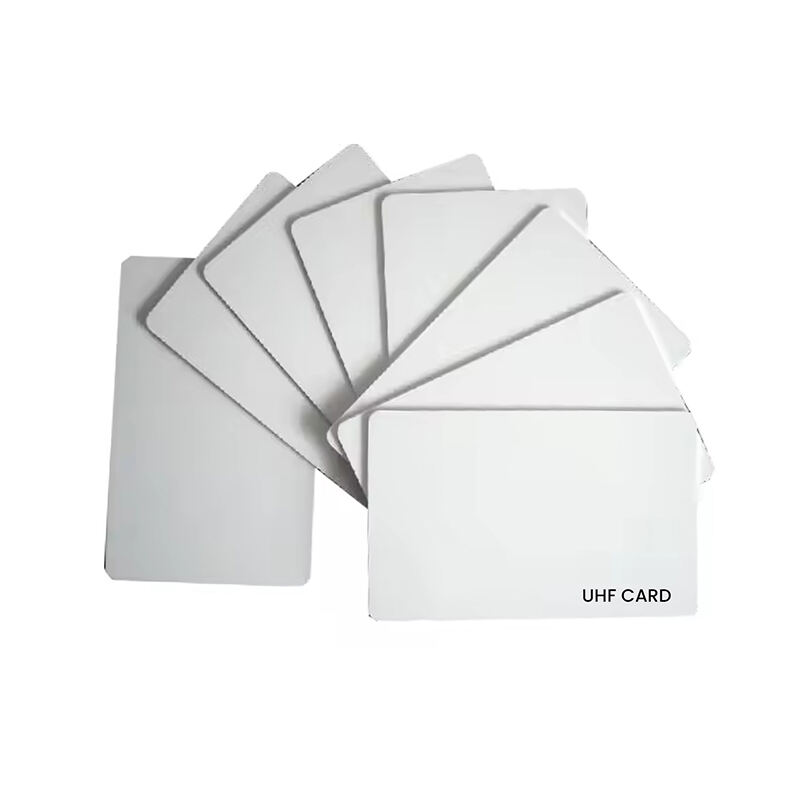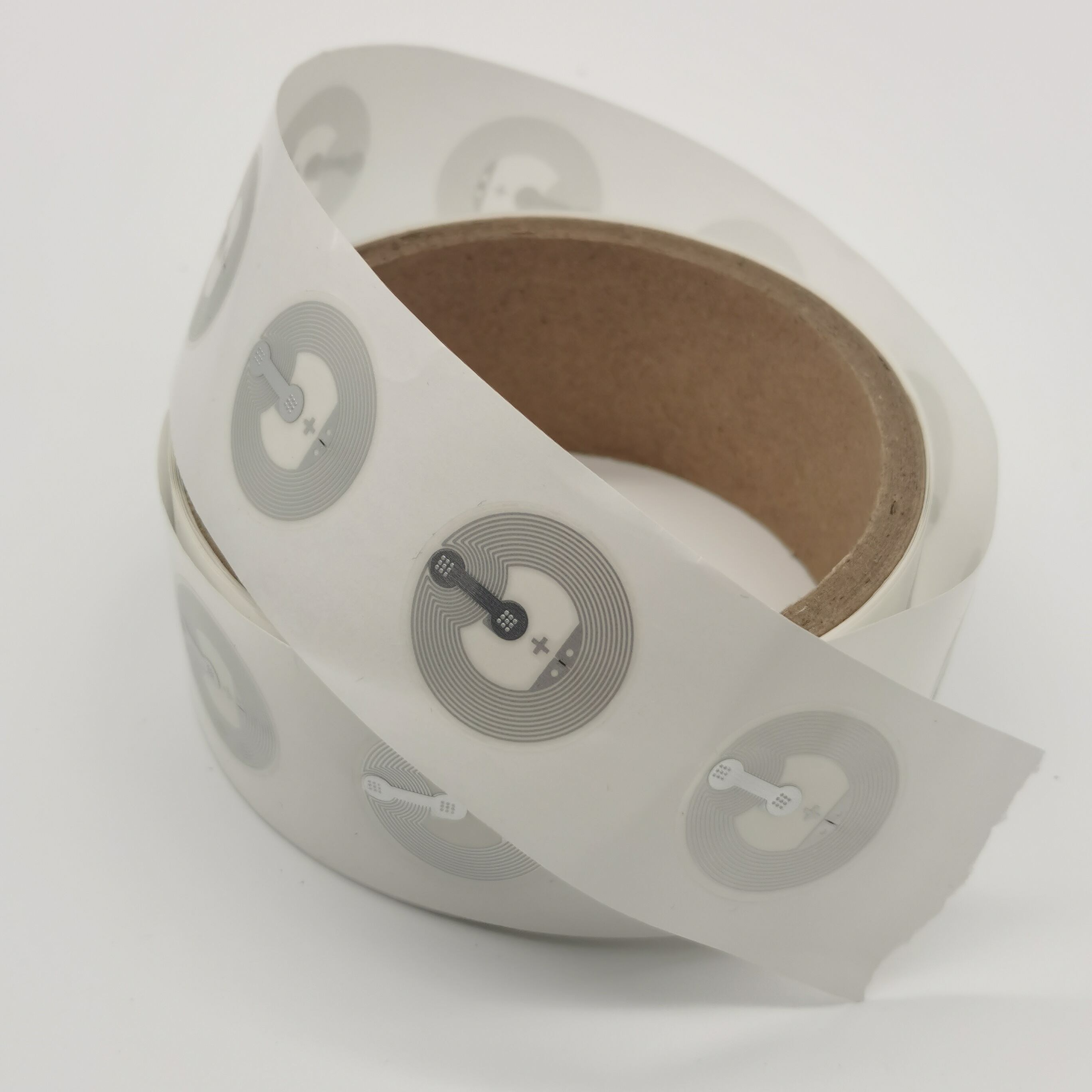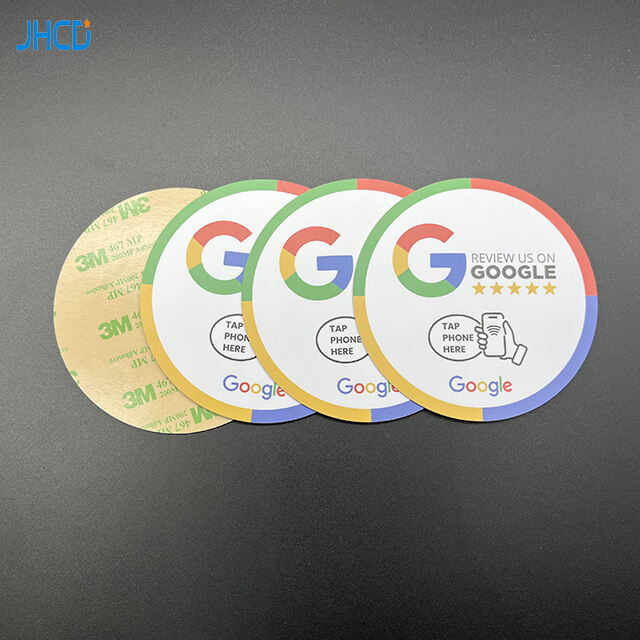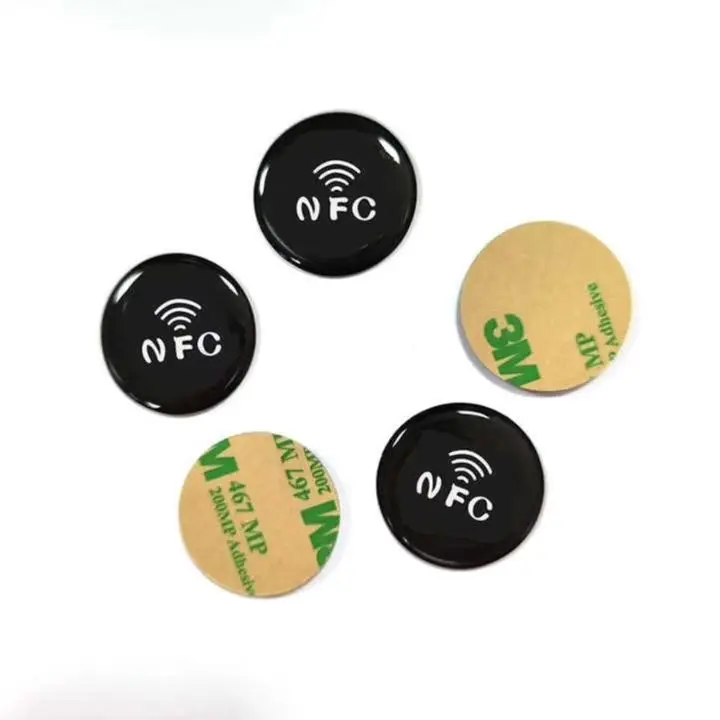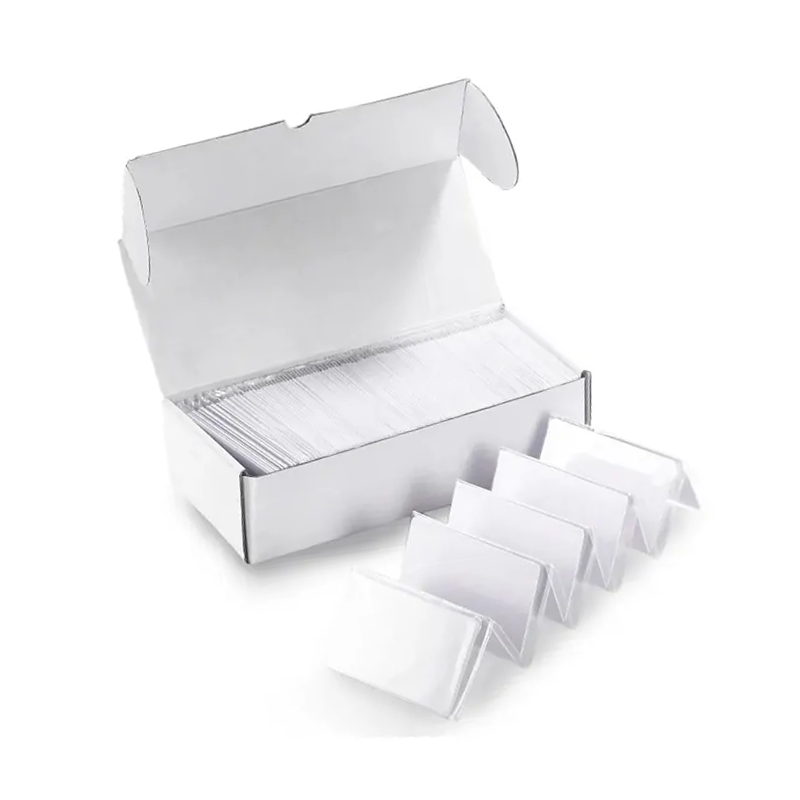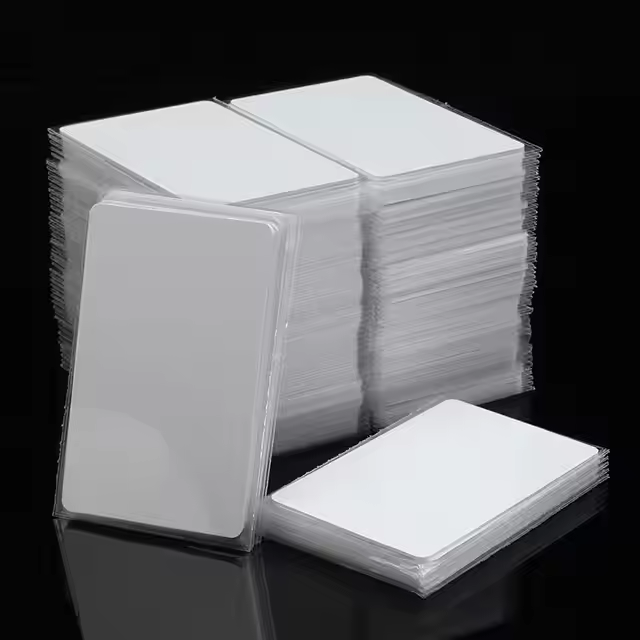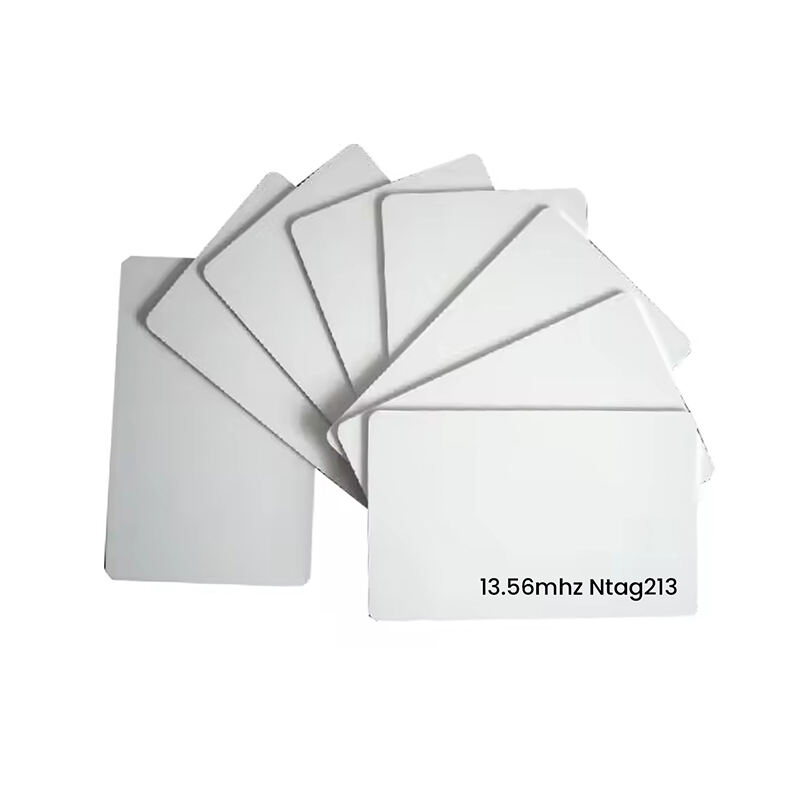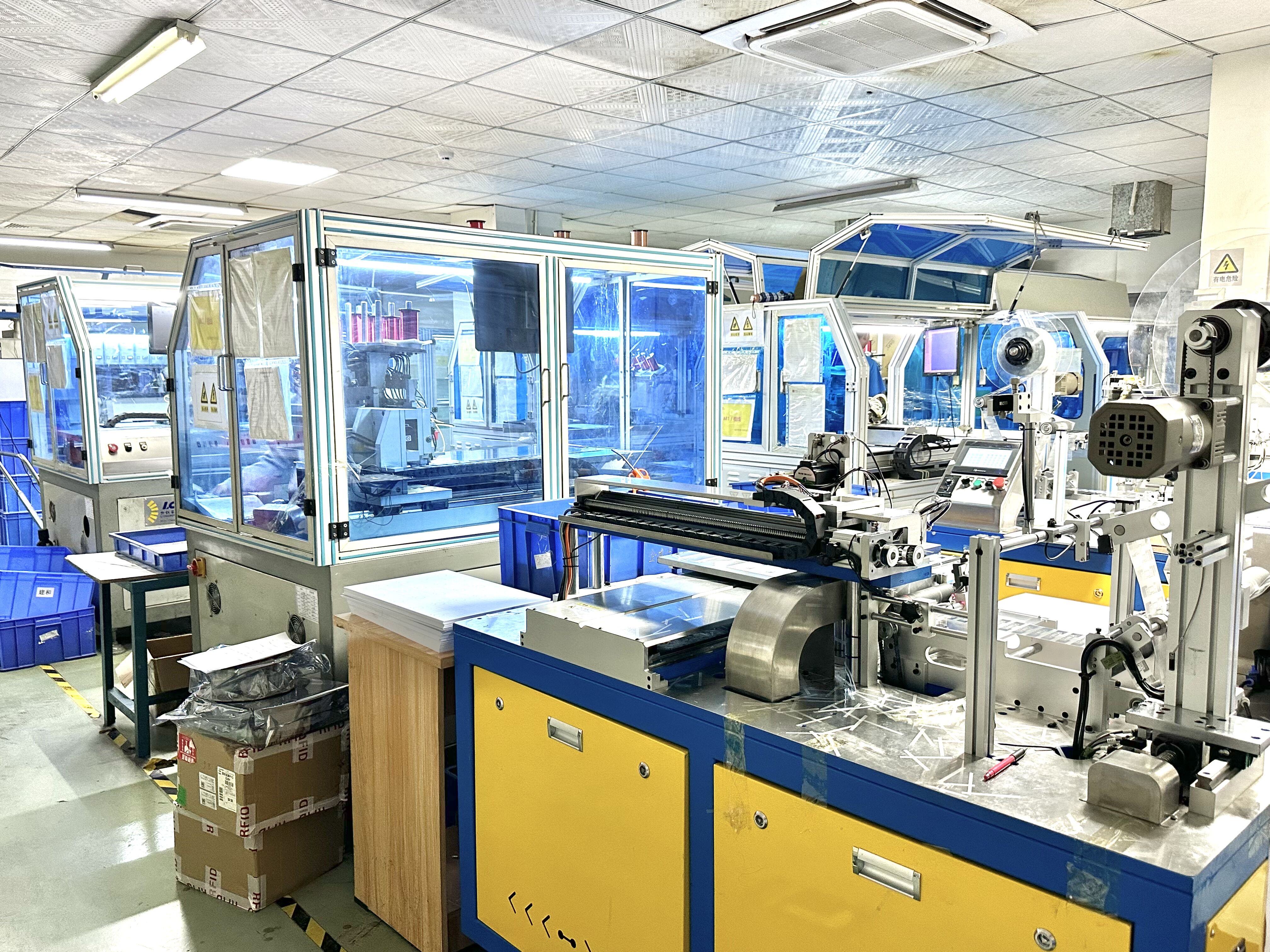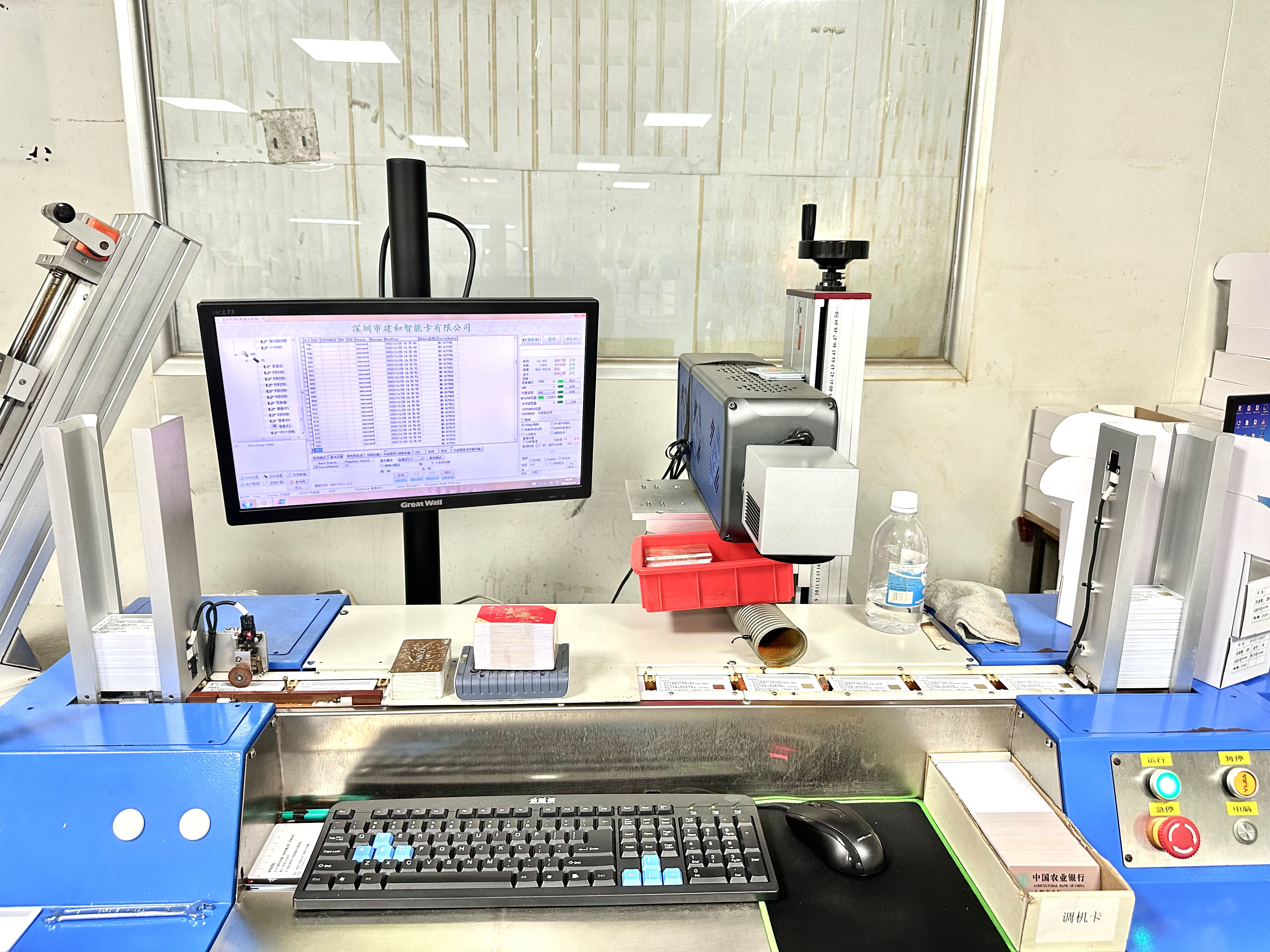NFC tag: small details of smart life
RFID Solutions: reusable nfc tags for Access Control
What is an NFC Tag and How Does It Work?
NFC, or Near Field Communication, is a revolutionary set of communication protocols that facilitate interaction between two electronic devices when they are in close proximity, generally 4 cm or less. This technology is predominantly used in mobile devices, allowing them to communicate swiftly and wirelessly when brought near another compatible device, greatly enhancing user convenience.
NFC tags are tiny, passive devices comprising a microchip and an antenna. These components enable the tag to transmit data, such as URLs or contact information, when interfaced with an NFC-enabled device, making them incredibly versatile for numerous applications. For instance, NFC tags are often utilized in business card exchanges, digital product passports, and seamless connections with smart devices. The integration of NFC into iPhones and other smartphones has made the reading of NFC tags a straightforward task, further broadening their applicability.
The functionality of these tags is rooted in electromagnetic induction. When an NFC-enabled device is brought near a tag, it activates the tag and draws power from the device to facilitate data exchange. This energy transfer process allows the tag to communicate its stored information back to the device, creating a seamless and interactive user experience.
In essence, NFC technology offers a smooth transition into a world of contactless transactions, automated systems, and enhanced information sharing. Its implementation in applications like contactless payments, ticketing, and smart home automation underscores the expanding necessity for and reliance on NFC tags as industries increasingly pivot toward digital and contactless solutions. These advancements continue to reshape technological interactions, emphasizing the importance of NFC in various sectors.
Exploring the NFC Epoxy Tag
Features of the NFC Epoxy Tag
NFC epoxy tags are renowned for their robust encapsulation, offering exceptional protection against various environmental elements. The epoxy coating not only shields the internal circuitry from moisture and dust but also ensures resistance to physical damage, enhancing the durability of these tags. With varying storage capacities, these tags can manage everything from simple URL links to complex data encoding. This flexibility is crucial for tailored applications in diverse industries. Furthermore, the epoxy coating offers UV and temperature resilience, making NFC epoxy tags ideal for outdoor and industrial use. Brands can also customize these tags in terms of size, shape, and visual design, ensuring that while they incorporate NFC technology, they don’t compromise on aesthetic appeal.
Applications in Everyday Life
NFC epoxy tags have found a wide array of applications in everyday life due to their versatility and functionality. A popular usage is in contactless business cards, where tapping the card to a smartphone can swiftly share contact information—enhancing networking efficiency. In retail, these tags facilitate instant access to detailed product information, special promotions, or loyalty programs by simply scanning with an NFC-enabled device. This customer engagement promotes interaction and enhances the shopping experience. Event organizers benefit from NFC epoxy tags for ticketing, allowing a seamless entry process and reducing counterfeit risks. In healthcare, these tags are invaluable when affixed to medication packages, providing instant access to prescription details and usage instructions, significantly improving patient safety and care efficiency.
Practical Uses of NFC Tags in Smart Homes
Automating Home Devices
NFC tags serve as valuable tools for automating home devices, allowing homeowners to manage tasks with minimal effort. These small, affordable tags can interface with smart home systems to perform actions like turning on lights or adjusting thermostats. For example, an NFC tag placed at the entrance can be programmed to unlock the door, illuminate the hallway, and set the thermostat to a comfortable setting when scanned by a smartphone. This not only enhances convenience but also reduces the complexity of interacting with various home systems, making it accessible for all users.
Streamlining Daily Routines
NFC tags can significantly streamline daily routines by offering immediate access to personalized settings on smartphones and other gadgets. For instance, by placing an NFC tag on a bedside table, users can silence notifications, activate sleep modes, or play a bedtime playlist with a simple tap. The customization options inherent in NFC tags mean each tag can be tailored to individual preferences, thereby simplifying morning or nighttime routines and minimizing manual adjustments. Such convenience enhances user experience and introduces efficiency to regular daily activities.
NFC Tags in Business and Advertising
Enhancing Customer Engagement
NFC tags offer a cutting-edge method for businesses to enhance customer engagement through interactive marketing. When customers tap their mobile devices on NFC-enabled advertisements, they gain instant access to promotional content such as product demos, special offers, or feedback forms. This interaction not only increases engagement but also builds customer loyalty and satisfaction. According to industry statistics, integrating NFC technology in marketing can boost customer engagement rates by 50% or more, showcasing the potential these smart tags have in revolutionizing advertising campaigns.
Anti-Counterfeiting Measures
Utilizing NFC tags as a part of anti-counterfeiting measures provides businesses a reliable way to authenticate products and packaging. By embedding NFC tags, companies ensure a tamper-proof verification system, crucial for maintaining the originality of luxury goods, pharmaceuticals, and electronics. Such technology is vital as counterfeit products can severely damage brand reputation. Research highlights that using NFC tags for product authentication can lead to up to an 80% reduction in fraud incidences, reinforcing trust between brands and consumers.
Future Trends in NFC Technology
Integration with IoT Devices
The future of Near Field Communication (NFC) technology is intricately linked with the deployment of the Internet of Things (IoT). As more devices become interconnected, NFC tags are set to play a pivotal role in enhancing communication among them. By integrating NFC tags with IoT devices, users can efficiently manage their home or office tech ecosystems, facilitating smart living. Experts predict that this integration could lead to a 30% increase in smart home adoption over the next five years. This demonstrates the significant potential and transformative impact of NFC IoT integration on everyday life.
Advancements in NFC Tag Durability
Advancements in NFC tag durability are on the horizon, with future tags expected to feature enhanced resistance to heat, moisture, and impacts. These improvements aim to extend the use of NFC technology to industries such as construction, manufacturing, and healthcare. Such advancements open new possibilities for applications in challenging environments. Market trends suggest that the durable NFC tag sector could grow by 15% annually as industries explore and implement these advanced technologies. This anticipated growth highlights the ongoing evolution and increasing robustness of NFC systems, which continue to cater to a diverse array of industrial needs.

 EN
EN
 RU
RU DE
DE FR
FR JA
JA KO
KO ES
ES IT
IT PT
PT AR
AR


